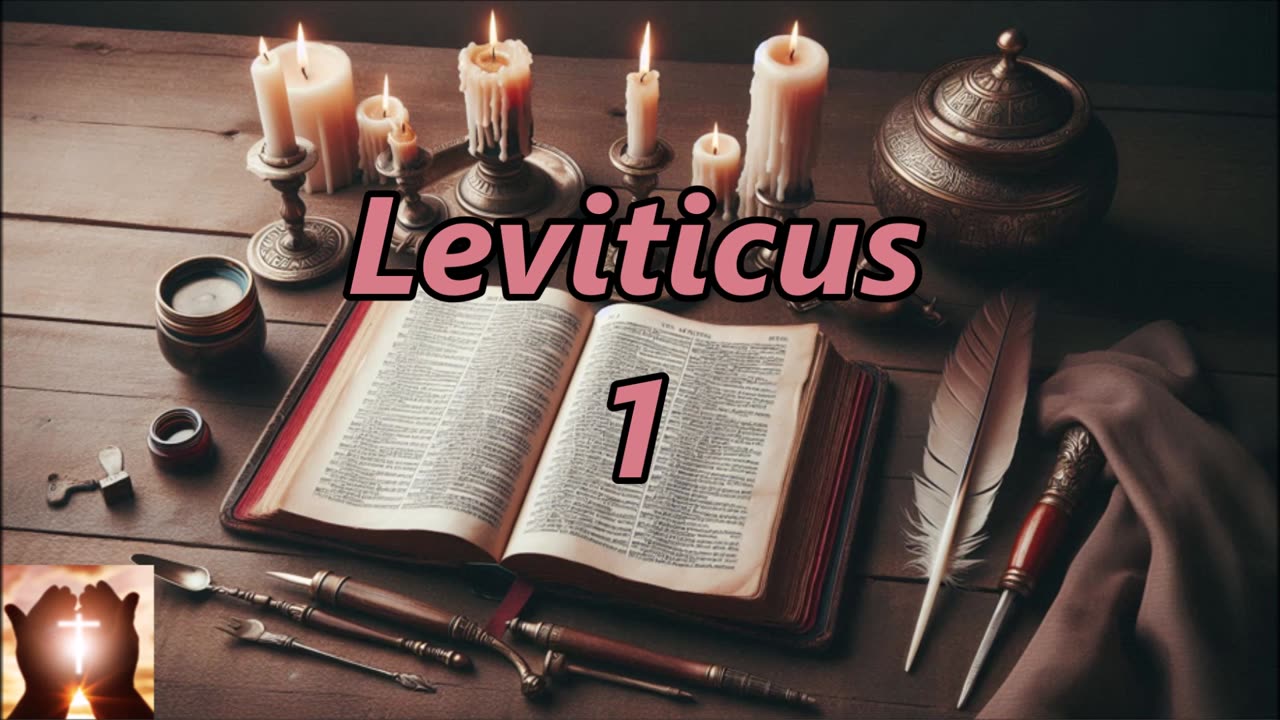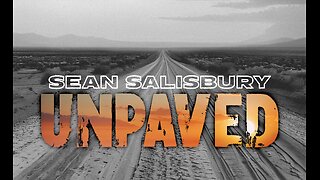Premium Only Content

Leviticus 1
1. Purpose of the Burnt Offering (vv. 1–4):
God calls Moses from the Tabernacle and gives instructions.
The burnt offering is a voluntary act of worship for atonement and dedication.
The offerer lays their hand on the animal’s head, symbolizing substitution—the animal dies in their place.
2. Types of Acceptable Offerings (vv. 3–17):
From the herd (bull): The most costly sacrifice.
From the flock (sheep or goat): Less costly but still valuable.
From birds (dove or pigeon): For the poor, showing God's inclusiveness.
3. Ritual Process:
The animal must be male and without defect—a symbol of purity and Christ’s future sacrifice.
The priest kills and burns the animal, offering it entirely to God.
The smoke is called a “pleasing aroma”—signifying God's acceptance.
Spiritual Lessons
God desires sincere, costly worship—the best of what we have.
Atonement requires sacrifice—a foreshadowing of Jesus Christ as the ultimate Lamb.
Approaching God requires holiness and cleansing, made possible through blood.
Christ Connection
The burnt offering points to Jesus Christ, the sinless Lamb of God who offered Himself fully to atone for our sins (Hebrews 10:10).
-
 LIVE
LIVE
The Quartering
1 hour agoMassive Autism Breakthrough, Charlie Kirk Memorial Is Massive, Leftist Terror & Elon & Trump!
19,083 watching -
 LIVE
LIVE
Dr Disrespect
3 hours ago🔴LIVE - DR DISRESPECT TARKOV CHALLENGE - I NEED TO MAKE 5 MILLION... OR WIPE?
1,647 watching -
 8:36
8:36
Dr. Nick Zyrowski
4 hours agoHow to Tighten Loose Skin Naturally (No Surgery Needed)
3721 -
 1:17:34
1:17:34
Sean Unpaved
2 hours agoNFL Sunday Showdown: Browns' Brutal Blitz Best? Dart's Daring Debut Dawns, Bears Breakthrough!
18.3K -
 1:34:59
1:34:59
Russell Brand
2 hours agoTrump Hails Charlie Kirk A Martyr As 100,000 PACK Arizona Stadium To Honor “American Hero” - SF637
150K45 -
 1:58:55
1:58:55
The Charlie Kirk Show
2 hours agoThe Charlie Memorial Aftermath | Benny Johnson, Sortor, Brick Suit | 9.22.2025
138K104 -
 1:56:39
1:56:39
Right Side Broadcasting Network
4 hours agoLIVE REPLAY: White House Press Secretary Karoline Leavitt Holds a Press Briefing - 9/22/25
59.6K31 -
 DVR
DVR
JuicyJohns
6 hours ago $0.21 earned🟢#1 REBIRTH PLAYER 10.2+ KD🟢
6.19K -
 45:33
45:33
The White House
4 hours agoPress Secretary Karoline Leavitt Briefs Members of the Media, Sep. 22, 2025
19.1K17 -
 1:05:07
1:05:07
Timcast
3 hours agoTrump Orders DOJ Bondi To Prosecute Democrats In Public Statement
175K109